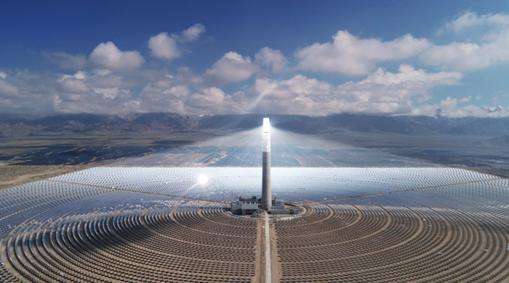Approximately 0.9 cubic pea stones. Usually, one square meter of underfloor heating backfill requires 0.015 cubic meters of pisolite, because one square meter of underfloor heating backfill requires cement, sand and pisolite, and the quantity ratio is 1: 2:3. Assuming the thickness of the embankment is 0.03 meters, the total volume is 0.03 cubic meters. The volume of each portion is 0.005 cubic meters, so we can calculate that pisolite is 3 times 0.005 equal to 0.015 cubic meters. Then multiply it by 60.
Is 4-8 or 8-12 pisolite better for underfloor heating in the north?
< strong>The backfill material for underfloor heating can be ceramsite or pisolite, both of them have certain advantages and disadvantages.
Ceramsite is a porous clay-based material. It is light, has low water absorption, good air permeability and is notnot prone to mold growth. Its use of backfill in the floor heating system can better promote the heat dissipation of the floor, conduct conduction and radiation more uniformly, and improve the temperature stability and energy efficiency of the heating system. by the ground.
Pisolite is a natural granular mineral material with strong thermal inertia, which can maintain the heat of the underfloor heating system to a certain extent. Pisolite also has good drainage properties and is often used to improve soil structure and increase the air permeability of the soil.
What is pisolite concrete
8 to 12.
Underfloor heating Northern generally uses 8-12mm natural pisolite, because the surface of 8-12mm pisolite is smooth, without edges and corners, and the particle size is uniform.
Pisolite refers to a kind of modern-day building material. It is a stone the size of a soybean. It is generally used for floors and roofs. The particle size is similar to mung beans and is called stone powder in some places.
How much does it cost to upgrade 2.5 cubic meters of pisolite underfloor heating?
The stones contained in pisolite concrete are relatively small and shaped like beans . Pisolite is a type of washed stone. The concrete aggregate is more uniform, denser and better waterproof. Pisolite concrete is mainly used to build columns, ring beams and around plastic pipes. Fine stone concrete can easily damage pipes.
The difference between pisolite concrete and fine stone concrete
Pisolite concrete and fine stone concrete are both concrete.The coarse aggregate of fine stone concrete is a fine stone, that is, a stone with no edges. It is generally used where there are buried pipes, such as underfloor heating or cable trenches. Pisolite concrete must be a type of fine stone concrete. Pisolite concrete contains relatively small bean-shaped stones. Commonly known as melon seed slices. Pisolite is a type of washed stone, but there are many types of washed stone. Fine stone aggregates are uneven in thickness, while pisolite concrete aggregates are relatively uniform, so the concrete is denser and the bathroom is better waterproof.
The material ratio is 1:2:3.
Cement, pisolite,The material ratio of yellow sand is 1:2:3, because the floor heating leveling is quite special. In addition to cement and yellow sand, it is also necessary to add picots between the pins, which is more conducive to underfloor heating. heat dissipation.
Sanding or cracking is more likely to occur after leveling underfloor heating. Sanding is due to the insufficient strength of the concrete floor. Everyone should pay special attention to the dosage. The causes of cracks are multiple.














